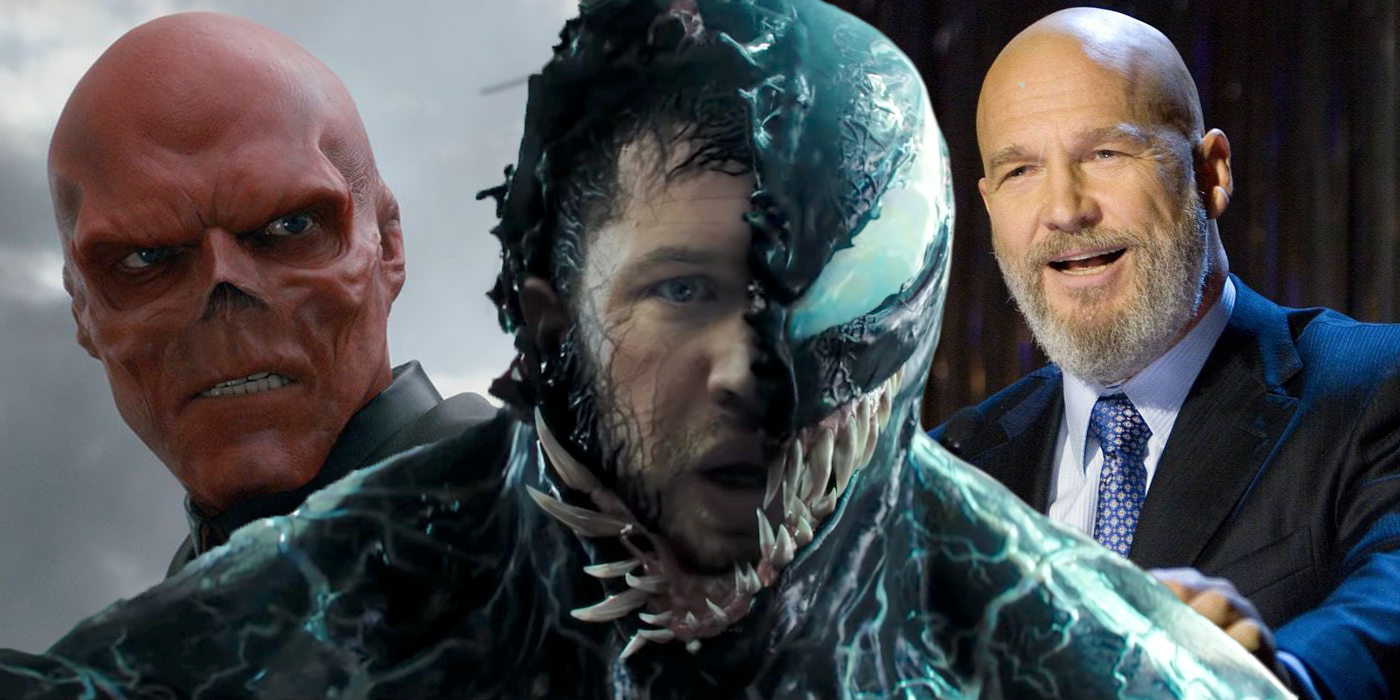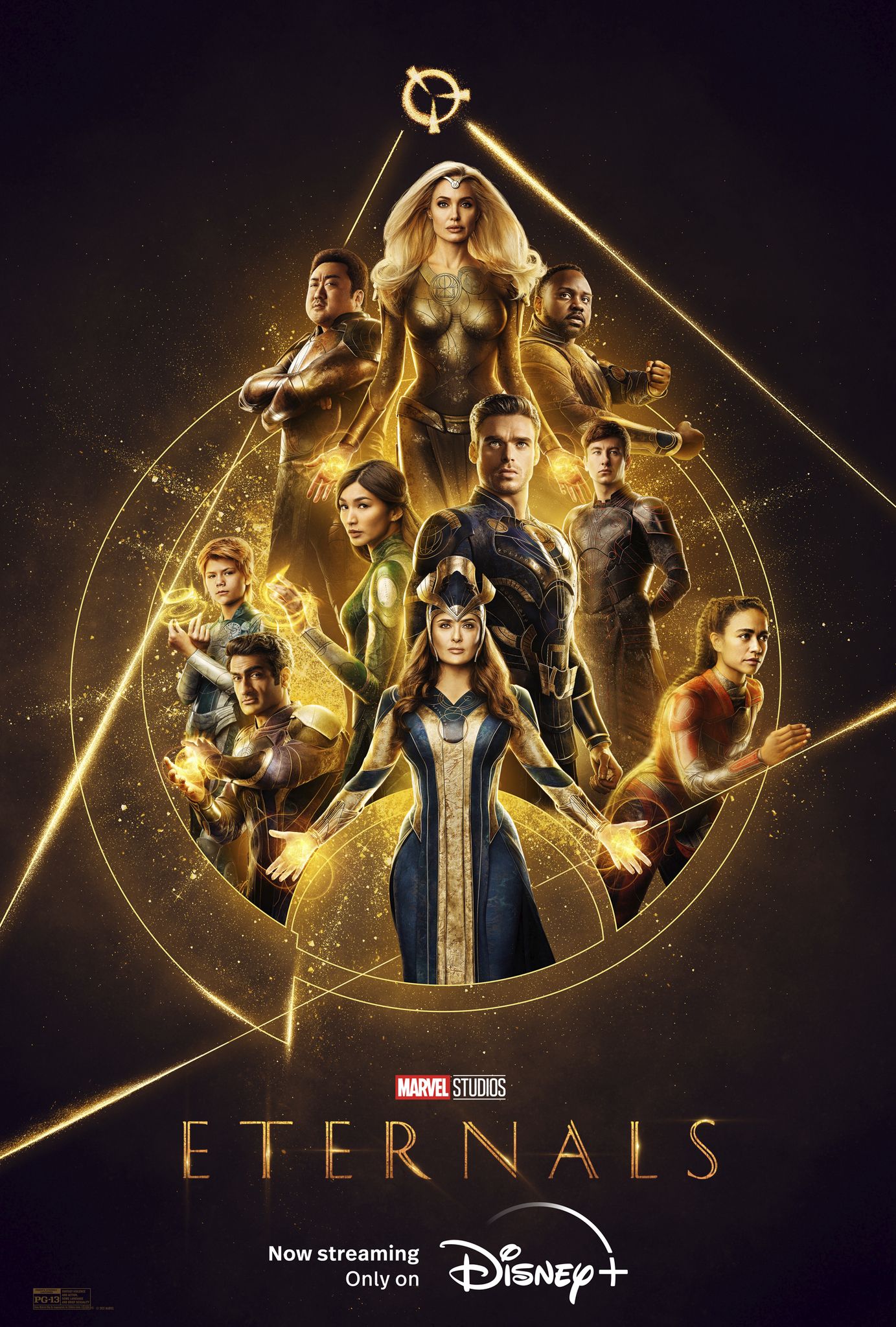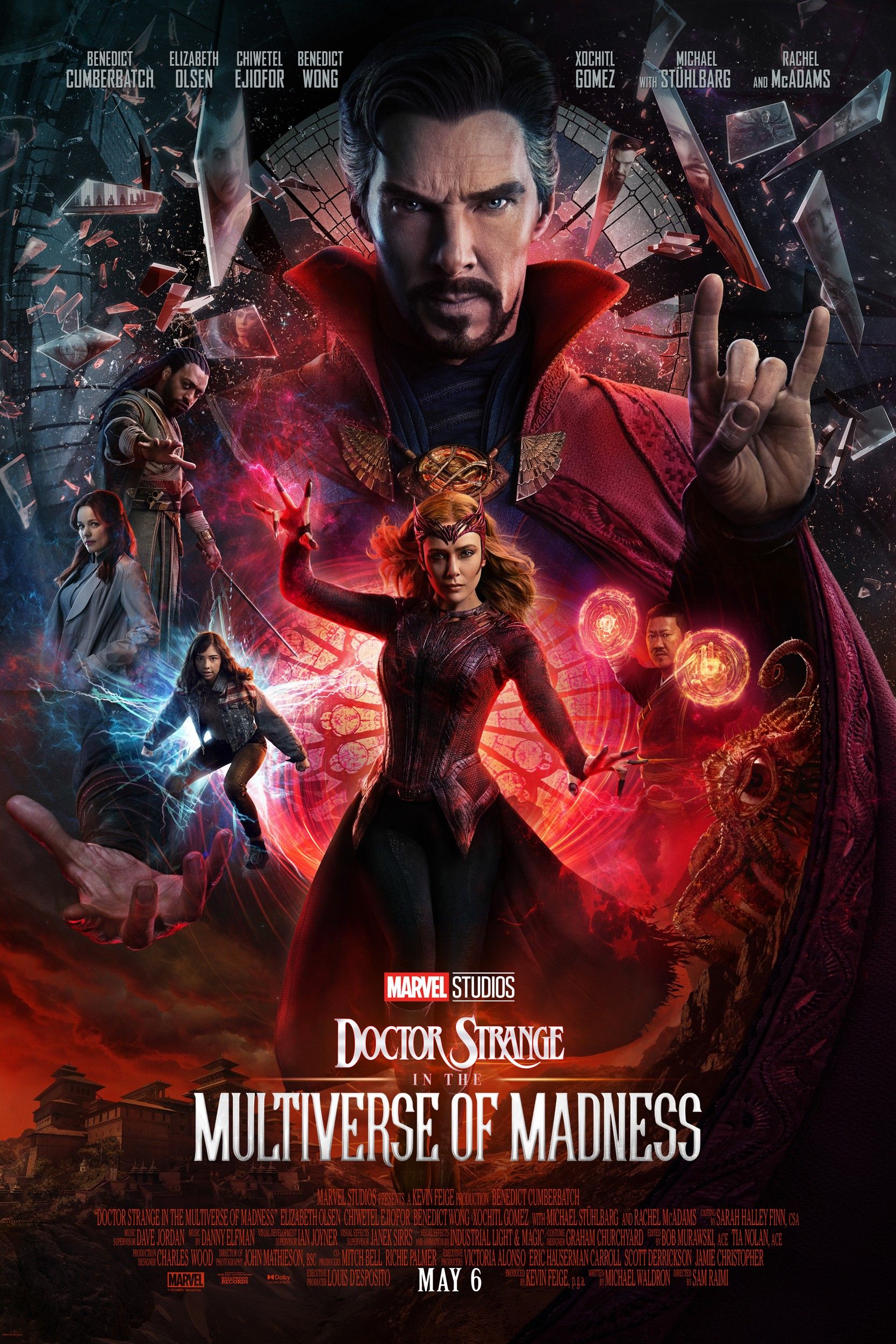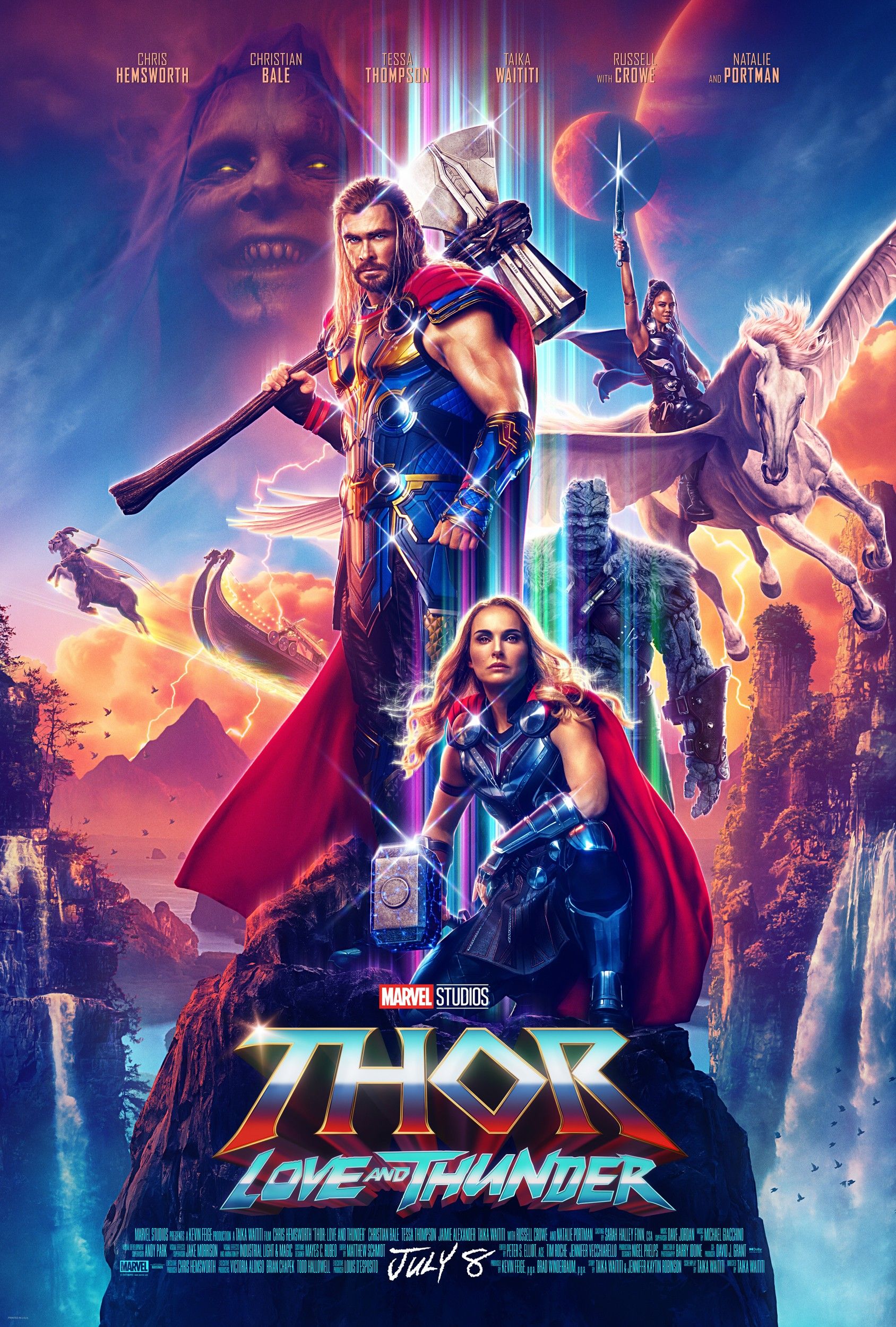Venom: Let There Be Carnage was released this weekend to largely positive audience reactions, and part of that may be that its villain has avoided the MCU's villain problem–by doubling down on it. Let There Be Carnage isn't the first Venom film to accomplish this task, as 2018's Venom was similarly successful. While the Venom films both follow a similar approach to their Big Bads as MCU movies do, the concept is more fully realized thanks to Venom's unique character dynamics.
Despite the success of the MCU’s origin story films, many feature climactic battles in which a hero facing a mirror version of themselves, particularly in Phases 1 and 2. While all characters should serve the story they're in, many of the less-effective MCU movie villains are clearly designed to demonstrate a right and wrong way to use a specific power set. They tend to have vague goals of world or market domination, and largely exist to prove to audiences that Captain America must have a good heart, or that something as powerful as the Iron Man armor suit shouldn't fall into greedy hands. By defeating their adversaries, Captain America, Iron Man, and others prove that they are the rightful wielders of their superpowers, both in terms of skill and temperament.
But Venom and Venom 2 succeed where the MCU has arguably failed due to a lack of heroic expectation and a lack of reliance on villains in general. They don't fall into the MCU villain trap because they're both stories about an antihero. Although Venom and Eddie Brock fight nearly identical enemies in their films (Carlton Drake/Riot and Cletus Kasady/Carnage, respectively), there isn't the same level of contrast between "hero" and "villain" that has become predictable in the MCU. Although Venom is a "Lethal Protector" in his movies, he's still brutal and bloodthirsty - a fact which goes a long way to keep conflicts from becoming a tired reinforcement of "good vs. evil."
In fact, the whole idea that Venom isn't a villain in Sony's universe, but rather a complicated hero, allows the movies to revolve around the complex relationship between Eddie Brock and his symbiote above all else. This is ultimately why the end battles in Venom and Let There Be Carnage work - their real purpose is to force Eddie and Venom to confront difficulties in their relationship. The success of Carnage versus Venom in Let There Be Carnage isn't the spectacle of two symbiotes having it out. Instead, the film's climactic battle works because it's the culmination of two distinct characters choosing to work together despite their imperfections and differences. The conflict isn't one of the same power set in two different people, but two different mindsets in the same body. This dynamic is highlighted and contrasted by Carnage and Cletus' lack of symbiosis, but that serves as reinforcement rather than the storytelling device itself.
Time will tell when and where audiences will next see Venom again. Between a potential follow-up to Venom: Let There Be Carnage, there's a lot of possibility for the character, especially after Venom 2's game-changing credits scene. Whether Venom is next seen as an antihero or a villain, hopefully, Marvel and Sony will continue to highlight the complexity of the character, and avoid the pitfalls of other superhero films.








